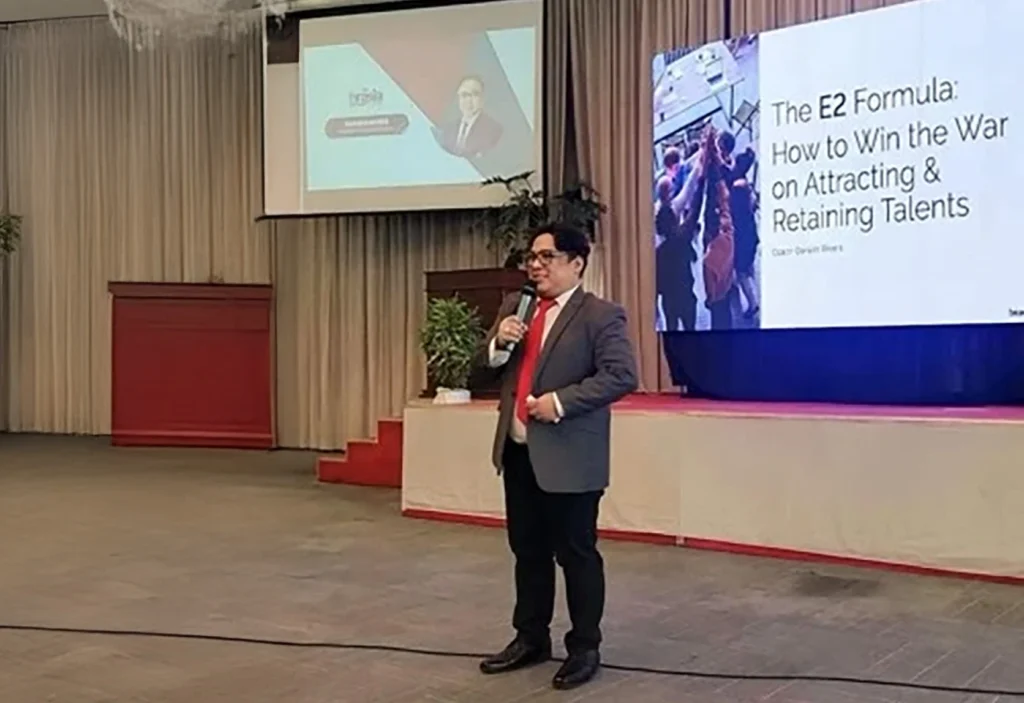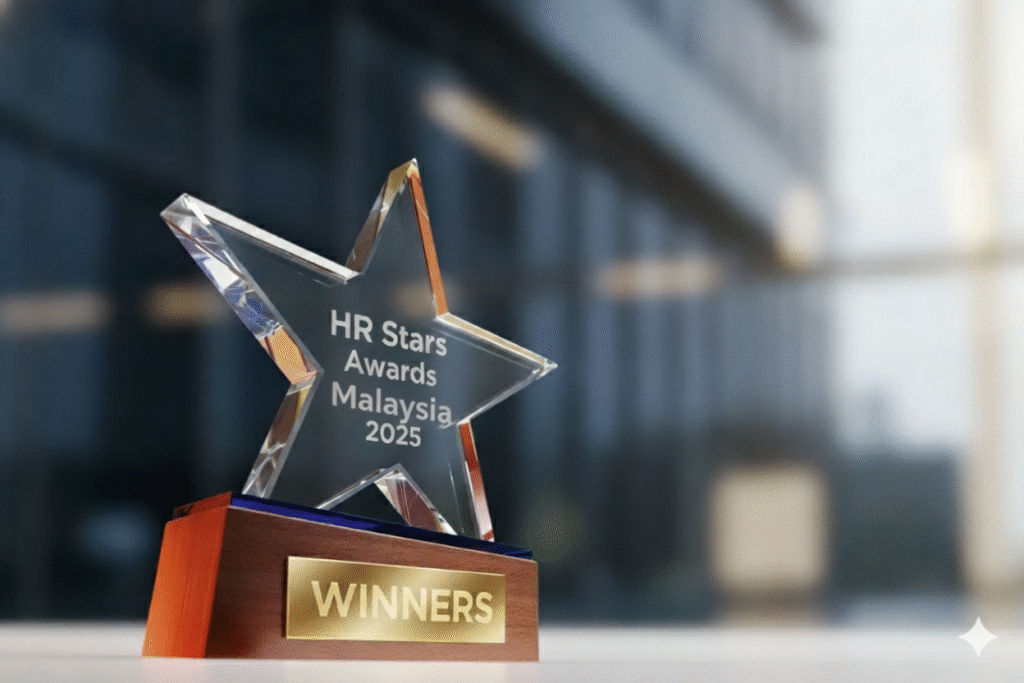He didn’t plan to write a book or start a movement. It began, as he says, “over a casual conversation over coffee more than 2 years ago.” That chat between Nitin and his ex-colleague and friend, Sebastian Anthony, became the spark behind The Restored Organization and Restoration Labs. Both had witnessed the toll of toxic workplaces and dysfunctional leadership, and instead of just complaining, they decided to do something about it.
“We both over time shared how our experiences of dysfunctional and toxic behaviours from leaders we worked with affected us negatively,” Nitin says. “Instead of just talking about it, we decided to work together to channel this negative energy into something positive and purposeful.”
That sense of purpose turned into a mission to restore workplaces where people and results can thrive. “I’ve always loved working with people, being passionate about empowering them and helping them be the best versions of themselves,” he says. “I now see myself as the ‘Culture Restorer’ through my work at Restoration Labs, with a vision to restore leaders and workplaces to be more human in an AI era.”
Restoring the Human Core
At the heart of The Restored Organization is a simple but powerful question: What if the harm caused by workplace toxicity could be lessened or removed, and organisations transformed into spaces where people and results could truly thrive?
Nitin was prompted to write the book because he “kept seeing a gap between what organizations say they value and how people actually experience work.” The result is the FLOWER™ framework that places trust, empathy, inclusion, and courage at the centre of organisational life. “To me, a ‘Restored organization’ is one where trust, inclusion, and empathy aren’t just words, but lived in everyday interactions,” he explains. “It’s an organization where people feel safe to speak up, supported to grow, and confident that leadership will act with courage and integrity.”
In an age where trust is declining and AI is reshaping work, his message is timely. “Restoring Trust takes courage, where people feel safe to speak up, make decisions, and admit mistakes,” he says. “Empathy and inclusion need to be restored in workplaces by creating a workplace where different voices are heard, and people feel valued regardless of role or level.”
Turning Ideas into Action
As someone who bridges psychology, leadership, and organisational transformation, Nitin focuses on turning theory into practice. “I’ve always believed that theory only matters when it can help you in real life,” he says. “In organizations today, no one has time to sit around unpacking complex models. What works instead are practical mindset shifts, nudges or things people can try right away.”
Small, simple practices like starting meetings with check-ins or encouraging vulnerability are what he believes truly change culture. “These small practices sound simple, but they change how people relate to each other and create a safe platform for people to not only speak up, but have the courage to challenge others,” he explains. “At the heart of it, in my role as a ‘Culture Restorer’, I see myself building a bridge between understanding and action, and at the same time, between people and results.”
That same belief drives his work with psychological safety. “Safety isn’t built by slogans or workshops — it’s built by courage,” he insists. “The courage to listen, to own mistakes, to be vulnerable.” For Nitin, real change begins with leaders who are willing to model authenticity and create space for others to speak up. “Safety without action becomes just a performance-driven organization,” he says. “But what builds trust and sustains it is the willingness of leaders to respond and act when people do speak up.”
A Judge Who Values Courage and Care
As a returning judge at the 2025 HR Stars Awards Singapore, Nitin brings this same restorative lens to his evaluation of entries. “When I review entries, I always look beyond the numbers and KPIs,” he says. “Metrics are important, but they only tell part of the story. What really stands out are the human aspects of courage, creativity, and the ability to make a real impact on people’s lives.”
He looks for initiatives that demonstrate trust, inclusion, and empathy in action and not just as slogans, but as embedded cultural values. “I also pay attention to leadership mindsets and behaviours,” he adds. “How do leaders champion change? How do they model behaviours that others can learn from?”
Ultimately, what inspires him most are organisations that make HR a force for good. “The entries that stand out are the ones that show HR as a force for restoration and human-centered transformation, and initiatives that make work and workplaces great for all.”









